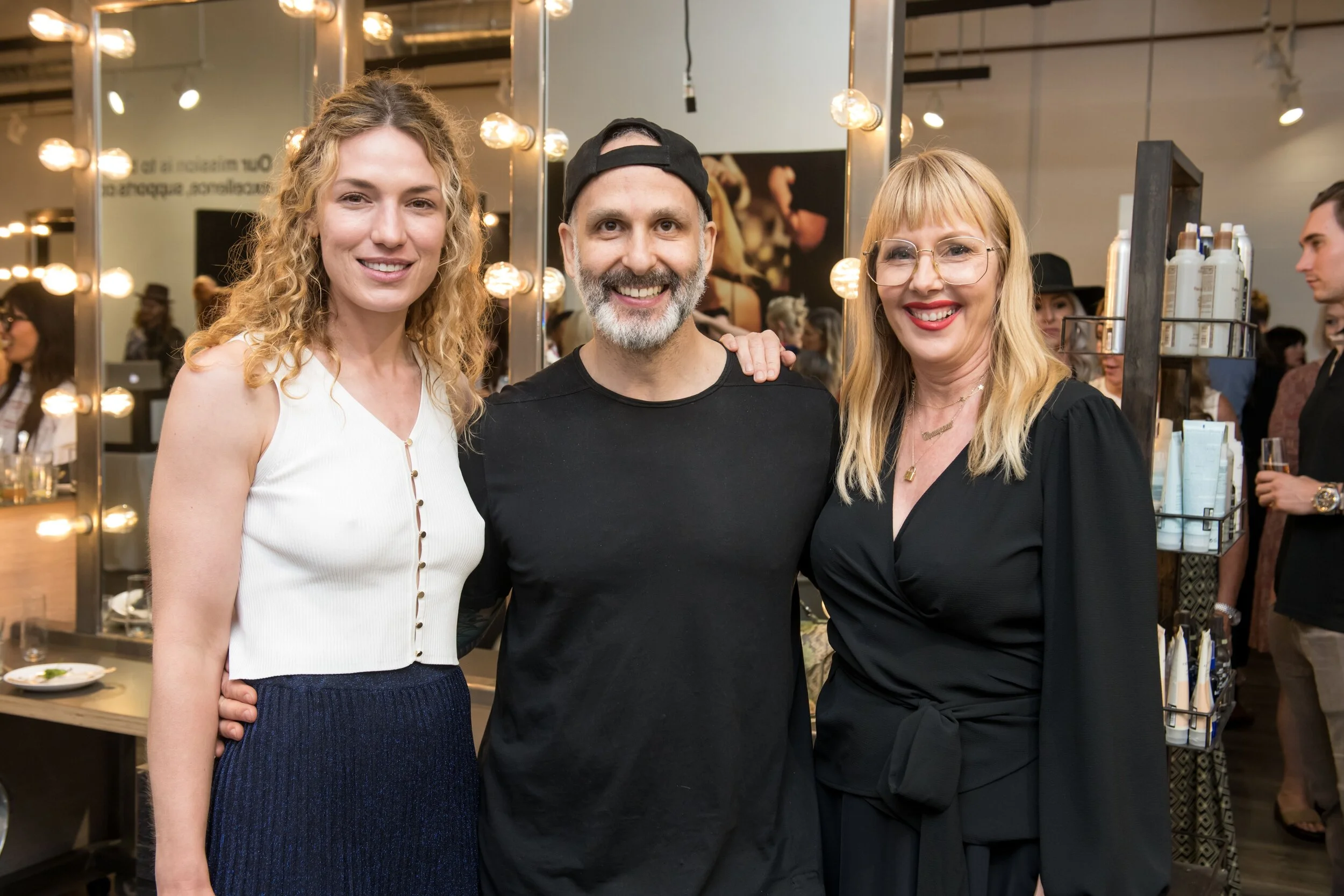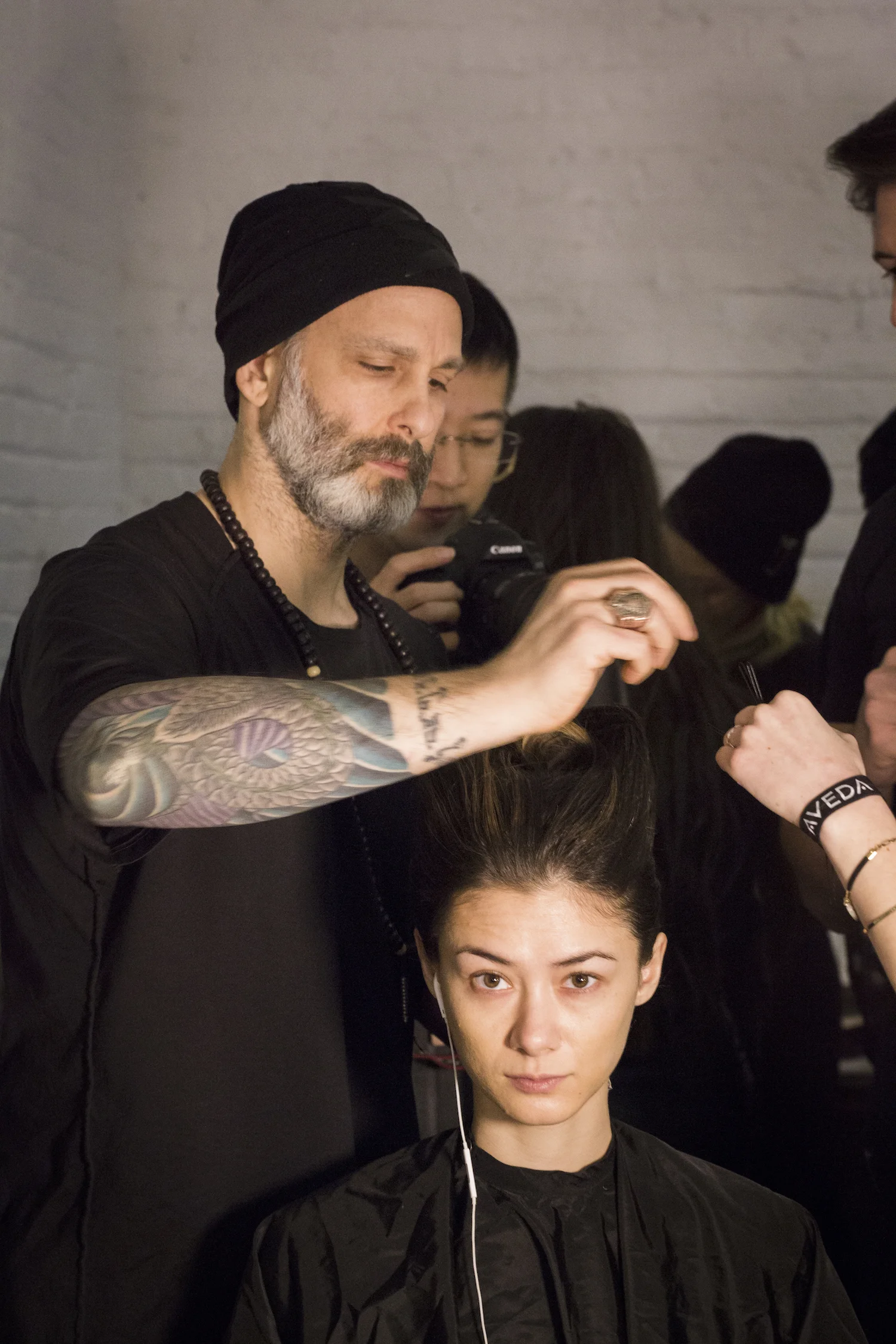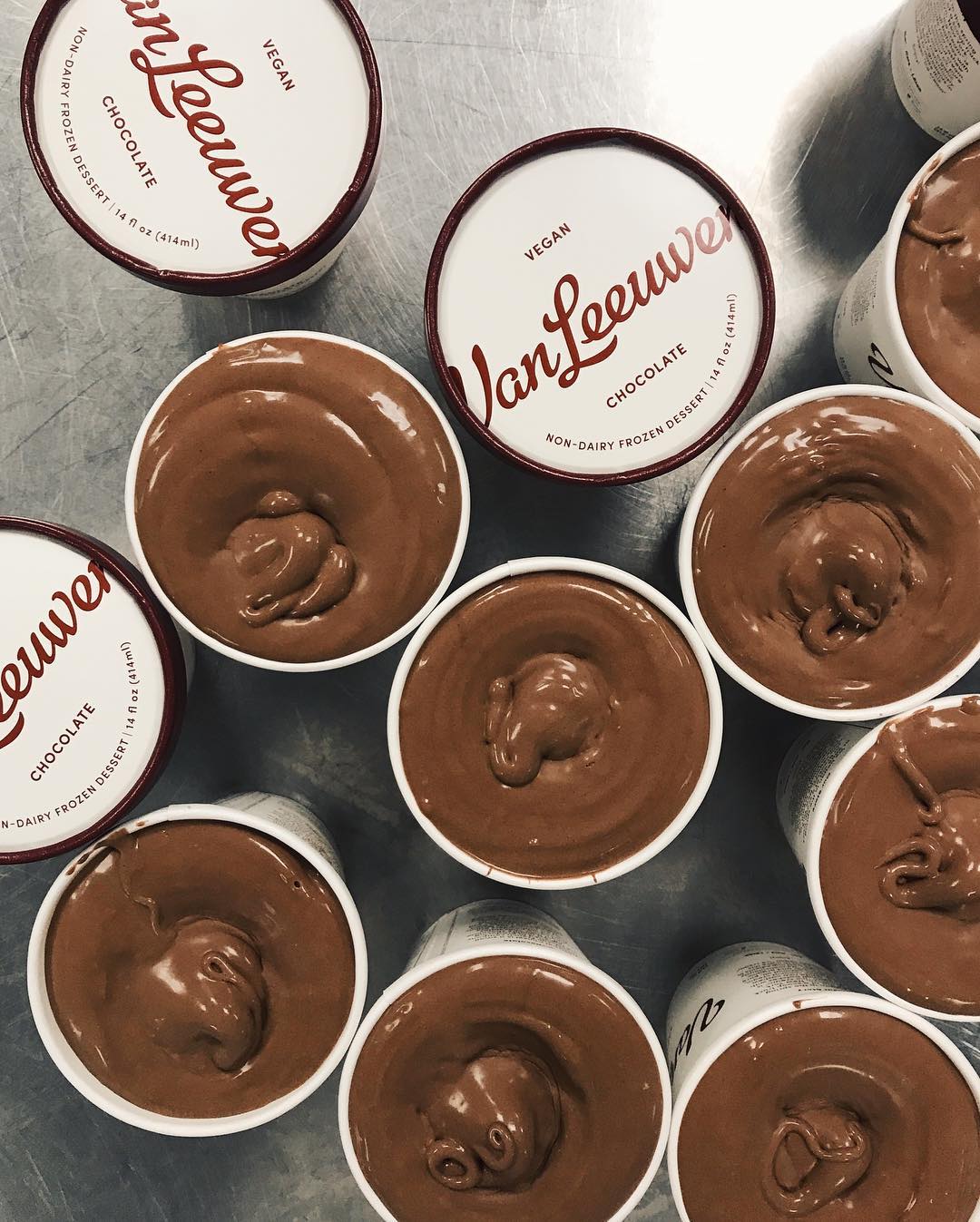Lisa Goodman is a former physician’s assistant to celebrity-dermatologist Ava Shamban, and now millennial-founder of GoodSkin medical spa (med spa), with locations in Los Angeles and New York. Wanting to offer a more holistic and subtle approach to medical aesthetics than what she was seeing, Goodman became the first on this side of the Atlantic to open a European-style med spa, offering patients her signature ‘Untouched Look’ (the ‘no-makeup-makeup’ look of the aesthetics world), inspired by the work of top medical professionals in France.
Bootstrapping her business with savings originally meant for a house downpayment, Goodman grew GoodSkin from renting a small space on the upper east side to building out a design-forward flagship in the tony LA enclave of Brentwood, complete with secret VIP entrance. Here is how Goodman built LA and New York’s cool-girl medspa for the non-medspa-crowd.
How did you get your start in the world of medical aesthetics? Where did the concept for GoodSkin start?
I started my career at age 23 in Los Angeles working under celebrity dermatologist Dr. Ava Shamban. At 31, I had the chance to shadow Paris-based plastic surgeon Dr. Pierre-Alain Mayeux and Dr. Claude Ahaharoni, where my perspective on injectables completely changed. I was really inspired by the unique approach and technique that Europeans took to the cosmetic industry and wanted to deliver these types of results to clients in America.
What haven’t LA’s existing medspas gotten right? Where did you see room in the market for a new kind of skin clinic?
I think for a lot of existing medspas, the treatments tend to be consumer-driven and not based on a diagnostic or consultative approach, and often medspas also follow beauty trends. One takeaway from my time in Europe is that our trademarked Untouched Look results must first be based on expert diagnosis and then a bespoke plan is made for the client. By combining treatment planning with advanced techniques, which includes advanced photo-taking capabilities, we are able to have no two clients look alike over time but rather look like a more rested, youthful and healthy version of themself. To elaborate on our advanced photo taking process, in addition to Vectra which I go into detail about below, patients are photographed in our in-house photo room that is designed to mimic natural light versus a standard medical office. Therefore patients are able to get the most realistic perspective during their consultation. On a separate note…our Brentwood office is… an intimate setting that feels warm, inviting, and elegant so you don’t feel like you’re in a typical clinical setting.
From a technical and product point-of-view, when I studied in Europe I noticed that in comparison to the cosmetic enhancement industry in the US, Europe was following their own path that was quite different. With that in my mind, I went through a process of almost re-learning what I knew and researching ways I could bring these results stateside. Now, I have developed the trademarked Untouched Look, which is a completely personalized approach to anti-aging. When it comes to cosmetic procedures, especially, I believe that clients who are invested in anti-aging were ready to make a shift from the “quick fix” approach in the US to one that was tailored to them. Additionally, pre-COVID myself and my staff would take frequent trips to Paris and Monaco to attend cosmetic conferences to ensure we were staying up to date on the latest techniques and maintained that international influence at GoodSkin.
How did you determine which market to open in, and what were the biggest challenges as a first-time business owner?
I grew up in Los Angeles and started my career here, so it was never a consideration to open elsewhere. New York came about because I was engaged for five years to a wonderful French man and made the monthly trip with my dear dog Henry. To break up the trip for Henry, we stopped in New York and offered to see some of our East Coast clients during the trip. We were renting space from someone else on the Upper East Side but clients started to refer other clients and soon we ran out of space. We had 10 suitcases full of products and tools on our last trip to New York before we made the decision to open the NYC office. My sister basically said if I ever made her pack like that again she would kill me, so the short answer is we let the market drive our location and buildout. Staffing clinics has always been a process that we take very seriously. We hire people that firmly believe and support the GoodSkin culture and aesthetic.
What can patients expect, results-wise that might be different than a traditional MedSpa or dermatology clinic?
A diagnostic and scientific approach is really at the heart of everything we do at GoodSkin. We start by consulting with the client on what their aging/skin concerns are and utilize Vectra, a state of art 3D imaging system, to map a client’s bone, muscle, fat, skin and fascia (what we have coined the five signs of aging) to develop an extensive Healthy Aging Plan with treatments targeted to the client’s needs. This technology shows the exact results clients can expect to receive before any procedure takes place, allowing them to explore possible outcomes and understand any limitations.
How did you transition from working for others to opening the first GoodSkin clinic?
I made the leap because once I had seen the way other countries were utilizing this field I couldn't “unsee” it, so it felt as if it was just something that I had to take the risk to do. The process was scary actually. I was not unhappy working for someone else and rather became an entrepreneur out of sheer force and belief, but it was not my first choice. I sometimes even miss the benefits of being an employee but like I said, I can't unsee what I learned. I consulted with my parents who gave me the confidence I needed in myself to make the leap.
You made the decision not to raise money in order to start the GoodSkin concept. How did you bootstrap the business and how did you come to the decision to bootstrap?
I had been saving for many years to put towards a house. Instead of buying a house, I started a business and have always insisted on self-funding as we retain control over our brand and even the client experience. It took eight months from concept to open doors.
What advice would you have for others looking to do something big and different either in a clinical or beauty setting?
Find that something “big and different” that you wholeheartedly believe in. Even in the few first months when it was a small business with fewer clients, I still had no regrets even though I was still unsure of the upcoming success. I had no regrets because like I said, I could not physically go back to practicing the “standard American” way and so, for better or worse, it was the truth I had to follow. I was prepared to take on a second job if this one failed and although none of us ever want to fail, I was mentally ready because it was worth it to me to take this big risk and start my own clinic.
There are some that may read this with a more business background and feel entirely different about the whole process. This is simply my viewpoint from someone who never took a single business class but rather had my head in all medical studies.
What does the future of GoodSkin look like?
We recently launched the GoodSkin App so we can connect with patients all over the world who can apply our techniques to their own face and learn their own individual Healthy Aging Plan.
































